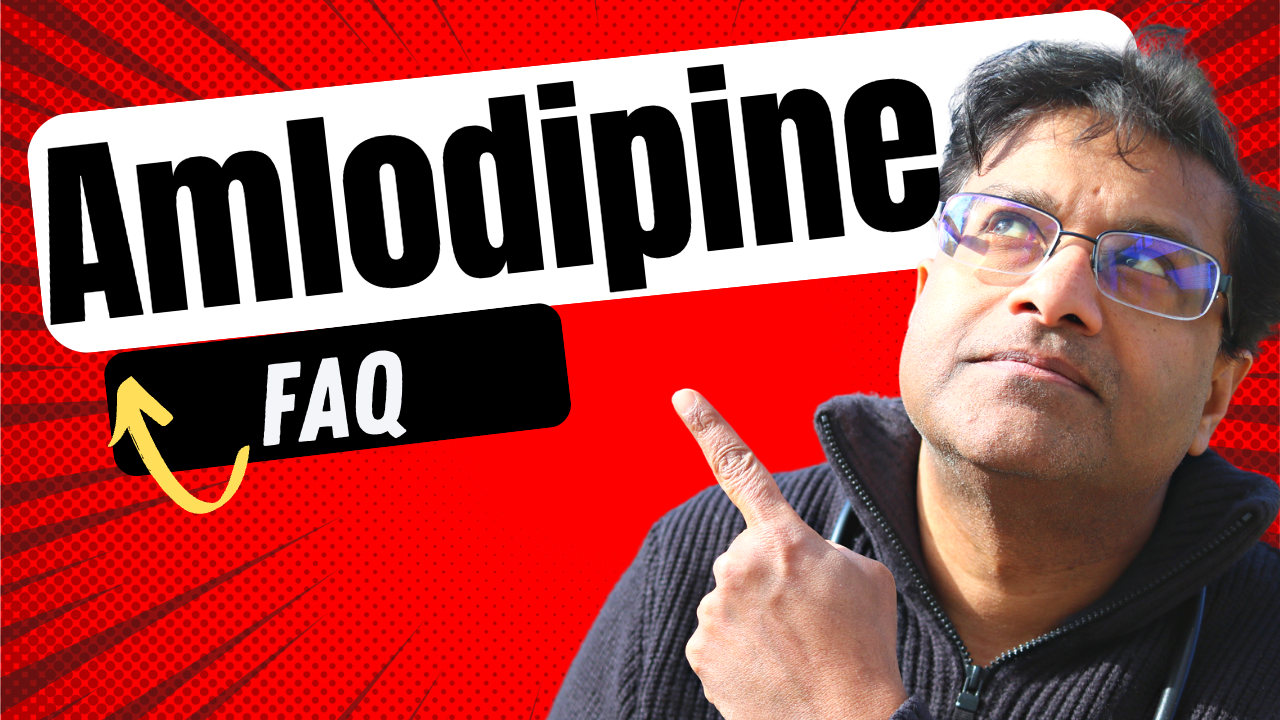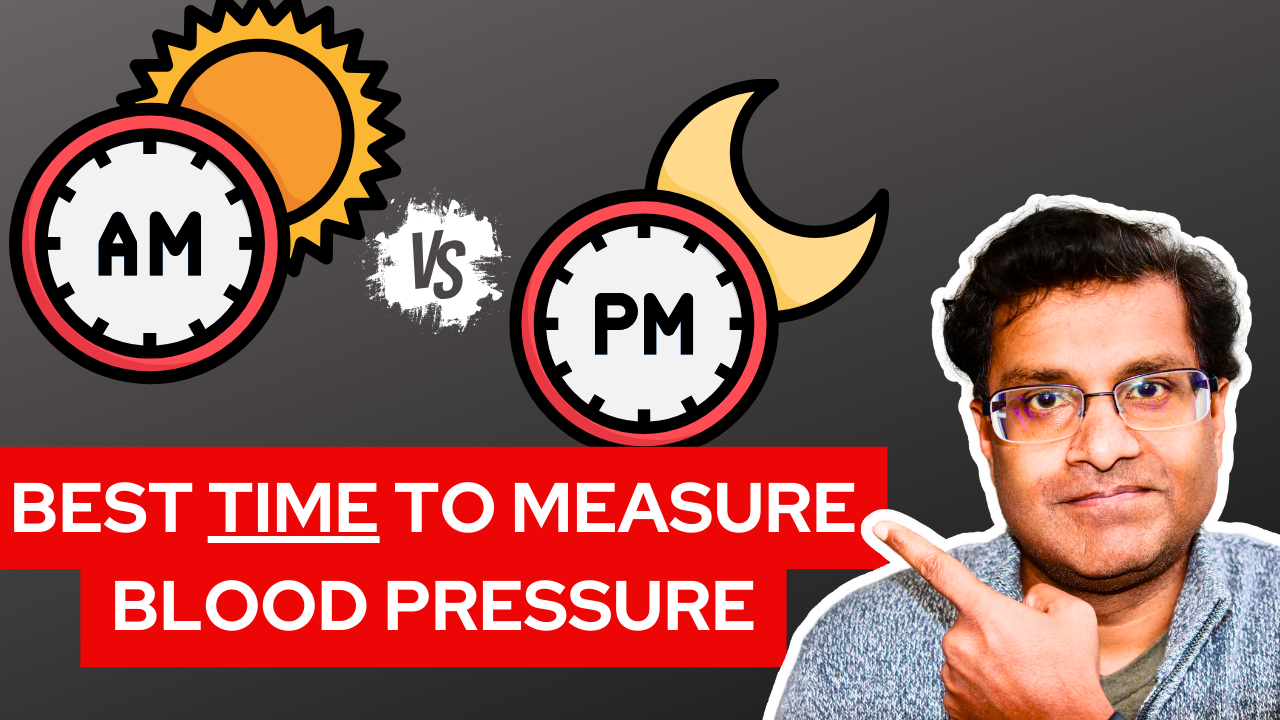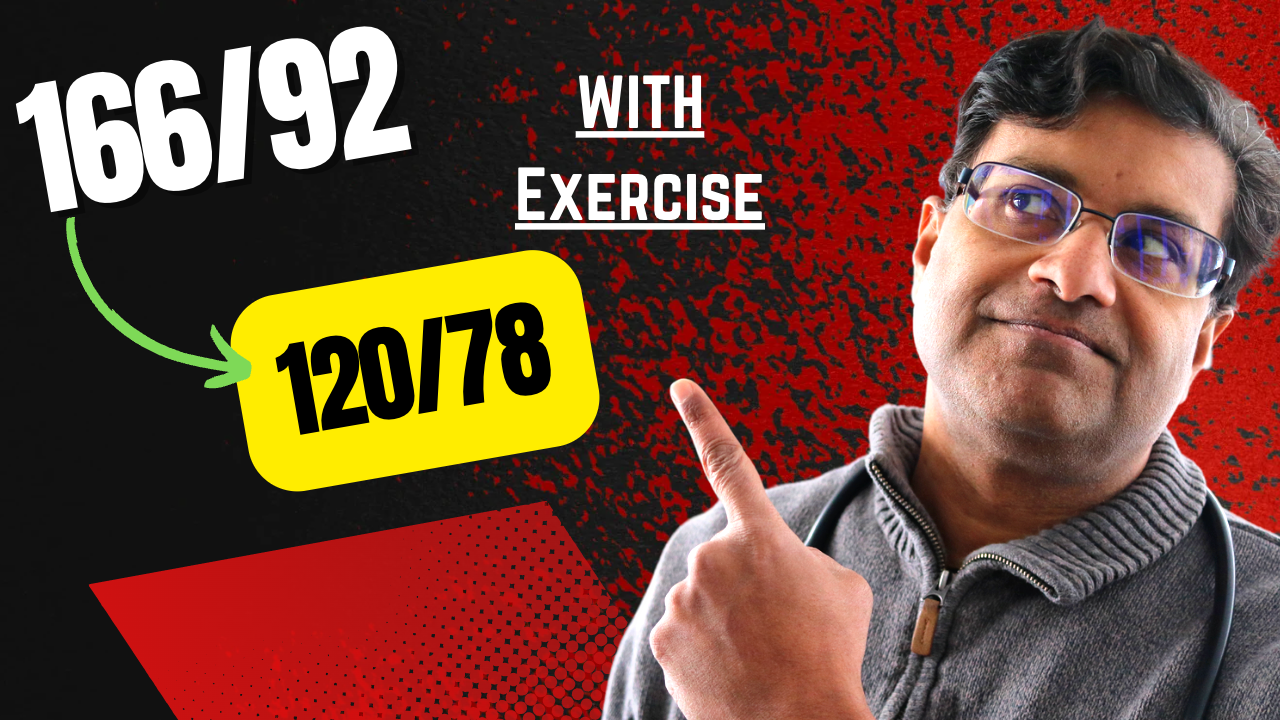What is Amlodipine?
Amlodipine is a prescription medication and belongs to a family of medications called calcium channel blockers. The brand name is Norvasc.
What is Amlodipine used for?
Amlodipine is used for the treatment of high blood pressure. It works by relaxing and widening blood vessels. This lowers your blood pressure and makes it easier for your heart to pump blood around your body. Amlodipine can be also used for the treatment of angina. Amlodipine works by improving the blood supply to your heart.

Amlodipine dosing?
The doses for Amlodipine are 2.5mg, 5mg and 10mg.In older adults I start at the lowest dose at 2.5 mg and titrate slowly. If you are younger or middle aged your Doctor might start you on a higher dose such as 5mg.Usually when titrating the dose up, I wait 7-14 days before changing the dose. In my experience for better control of coronary artery disease and chronic stable angina patients end up being titrated to 10mg daily. Of course, the higher the dose the higher the chances of side effects.
What is the best time to take Amlodipine?
Amlodipine can be taken any time of the day. If you do choose a time, take it at the same time daily after discussing this with your health care provider. You can take the medication with or without food.
Can Amlodipine reduce blood pressure immediately?
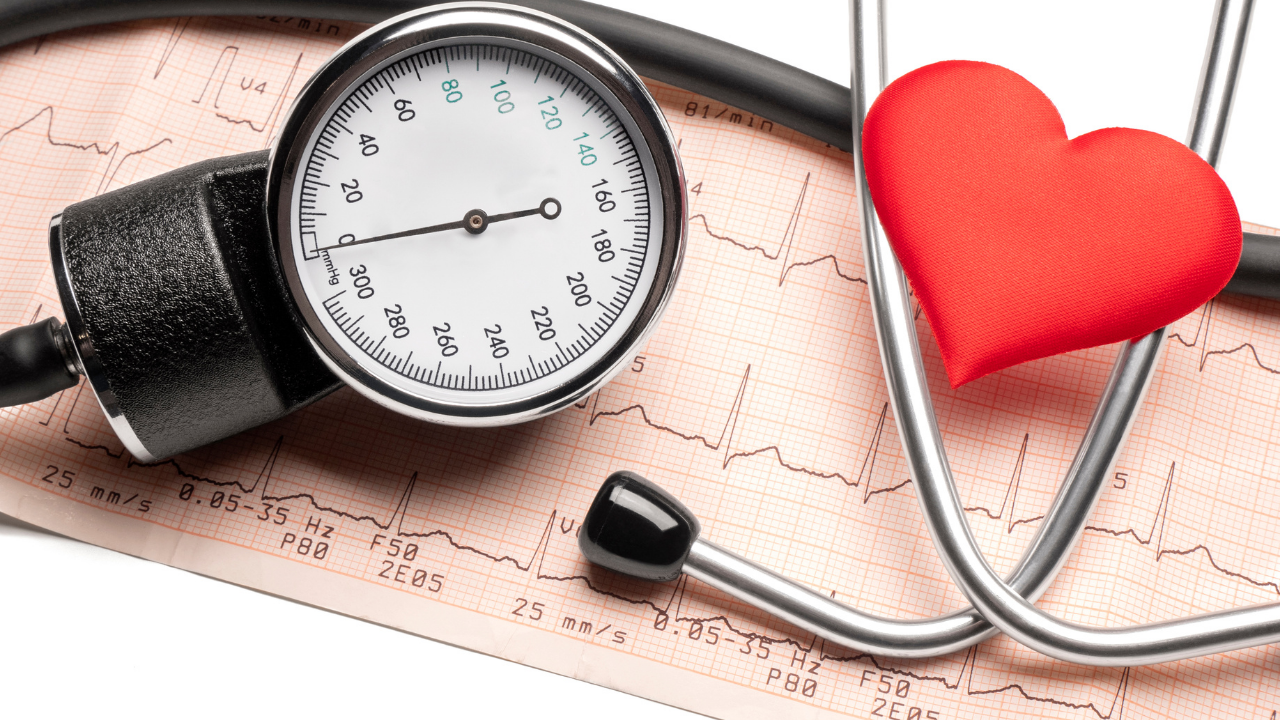
It takes Norvasc 6-12 hours to peak in your plasma. That means it takes Norvasc 6-12 hours to reach its highest concentration in your plasma. This medication does not work immediately and can reduce your blood pressure significantly after 24-48 hours.
Amlodipine medication interaction to be aware of?
There are several but this one that should be pointed out as the interacting medication is common:
If Amlodipine is taken together with a cholesterol lowering drug called Simvastatin (the brand name is Zocor) it can interact with Simvastatin. This can result in higher levels Simvastatin in your body. Higher levels of Simvastatin and increase the risk of adverse events related to statin drugs such as muscle injury and pain. Another Statin drug with a similar interaction is Lovastatin. The brand name is Mevacor. Your doctor or your healthcare provider might decide to titrate the drug to a lower dose to minimize side effects.The FDA recommends a dose of 20mg to lower the risk of side effects.
Can I stop taking Norvasc?
If you suddenly stop Norvasc, you may be faced with an increase of your blood pressure or may experience chest pain. Amlodipine should be titrated down. Talk to your health care provider as they can guide you regarding next steps.
Amlodipine and disease related concerns:
If you have liver disease, severe aortic stenosis or a disease called hypertrophic cardiomyopathy with outlet obstruction your health care provider will be cautious in the use of this medication and will end up using a lower dose.
What is a significant side effect to be aware of?
Norvasc can cause a swelling in your lower extremities and ankles. This is more often seen with women compared to men. This side effect is dose related, meaning the higher the dose the higher the chance of this side effect. Also, the longer you are on this medication the higher the chance of this side effect. The frequency of this side effect is 2-11%.
Amlodipine side effects?
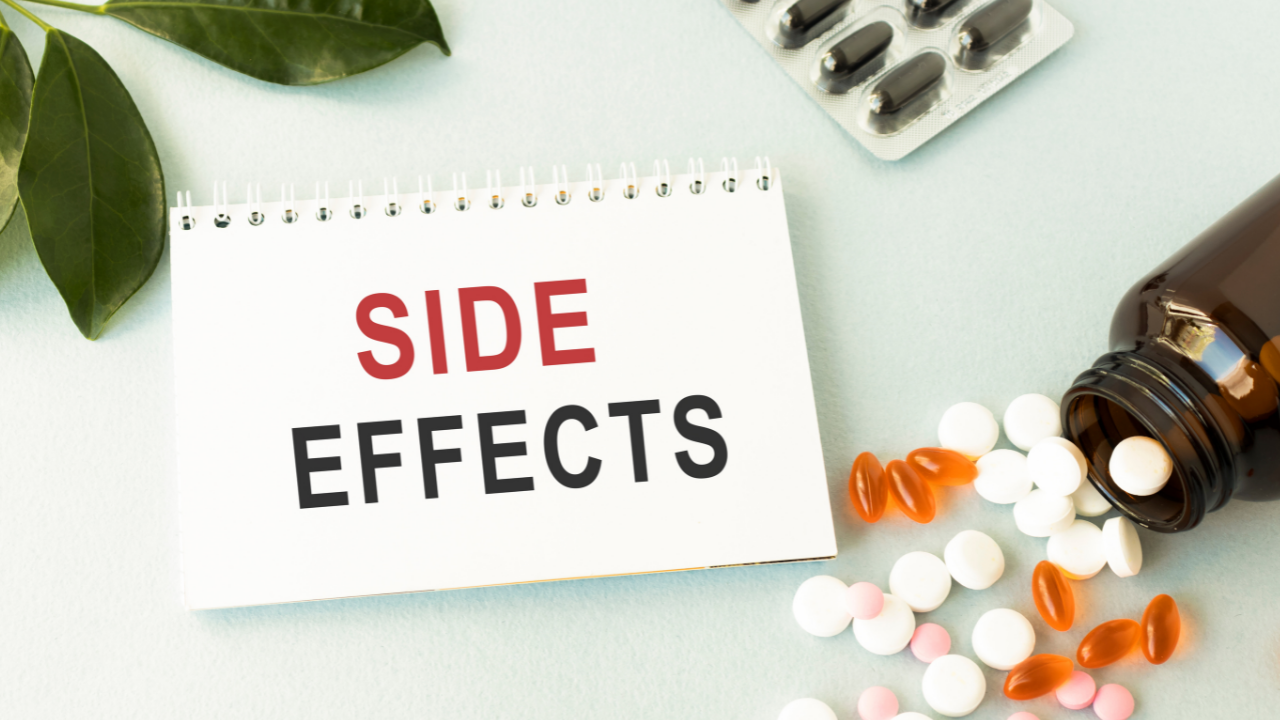
All drugs may cause side effects. There will be always some people who have no or only mild side effects. Others may have moderate to severe side effects leading to discontinuation of their medication. If you do have side effects, talk to your health care provider for next steps and advice.
Here are the most common side effects.
- Edema (2-11%)
- Palpitations (<5%)
- Flushing (<3%)
- GI side effects (nausea, abdominal pain): 2-3%
- Constipation 1%
- Dizziness 3%
- Fatigue 5%
- Muscle cramp <2%
- SOB 2%
- Increased blood glucose < 1%
If you are interested in other videos click right here.
Think your health, and have a good day!
Sources:
1)https://www.accessdata.fda.gov



